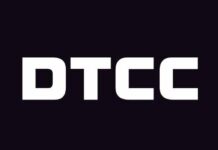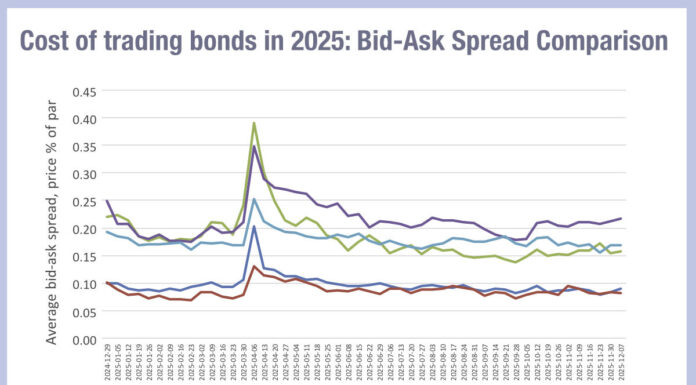Levels of e-trading in US treasuries in dealer-to-dealer (D2D) and dealer-to-client (D2C) markets have come into sharper focus thanks to data collected by FINRA in recent years.
A smaller proportion of Treasury trading is done electronically than was previously estimated. In 2023, 59% of volume was executed electronically, lower than Coalition Greenwich’s previous estimate of 64%, based on data from the New York Federal Reserve (the Fed).
Conversely, dealer-to-client trading is higher, is nearer 70%. FINRA’s dealer-to-client volume category is a more accurate depiction of the D2C market than the Fed’s “Other” category, Coaliiton Greenwich asserts, which also captured D2D trades not involving primary dealers. As such, total market D2C volume is lower than previously believed, while e-trading volume estimates remain intact.
As the proportion of the market traded with no primary dealer involvement, datasets from the New York Federal Reserve (the Fed) and FINRA on US Treasury trading have diverged since 2023.
Coalition Greenwich, which has used the treasury trading data from the Fed (available since 1998) since 2018, has suggested the FINRA data is more “robust”.
FINRA began reporting weekly US Treasury trading volumes via TRACE in March 2020. Three years later, in February 2023, daily volumes were made available. And most recently, in March, trade-level reporting began.
The main difference between the Fed’s and FINRA’s data is that the former uses submissions from only primary dealers, whereas the latter focuses on broker-dealers. In September 2022, FINRA also began requiring depository institutions to report their trades as well.

Kevin McPartland, head of research for market structure and technology at Coalition Greenwich, said, “D2D trading is less electronic than previously believed, averaging 49% of volume in 2023. Nearly all on-the-run activity between dealers continues to be electronic via BrokerTec, Fenics and Dealerweb — mostly via central limit order books (CLOBs) — with trading via streams showing signs of growth. But large on-the-run block trades and packaged trades are generally executed via a voice interdealer broker (IDB). From a volume perspective, the majority of off-the-runs and T-bills are also traded via voice with an IDB.”
©Markets Media Europe 2024
©Markets Media Europe 2025













